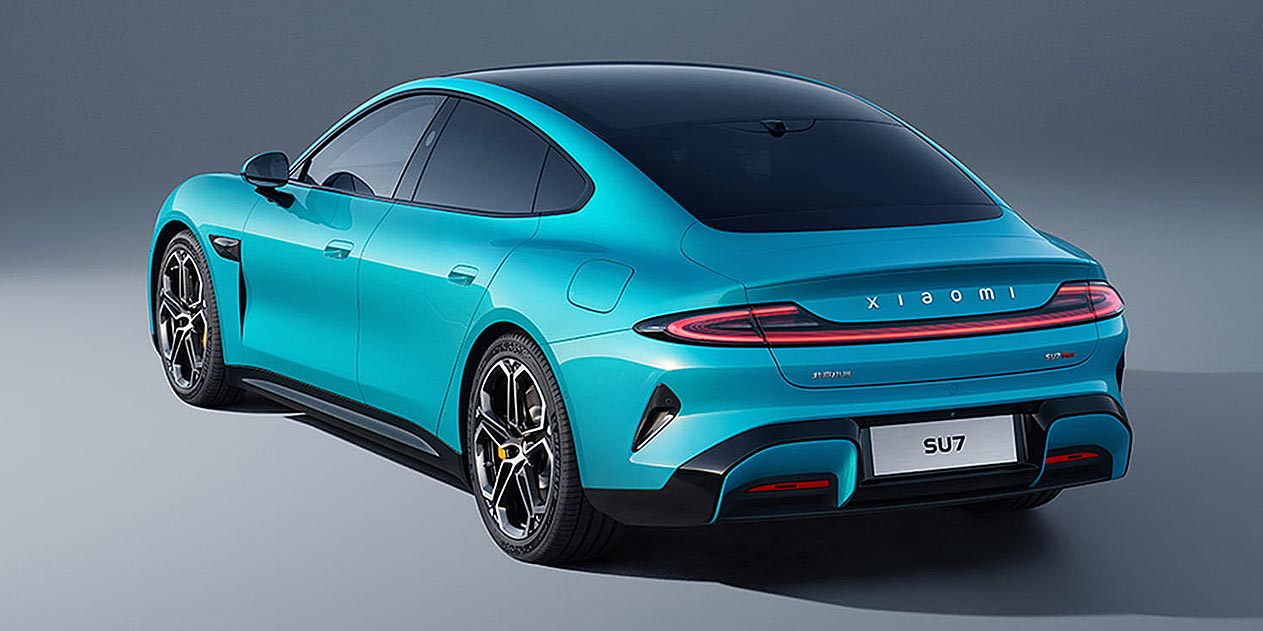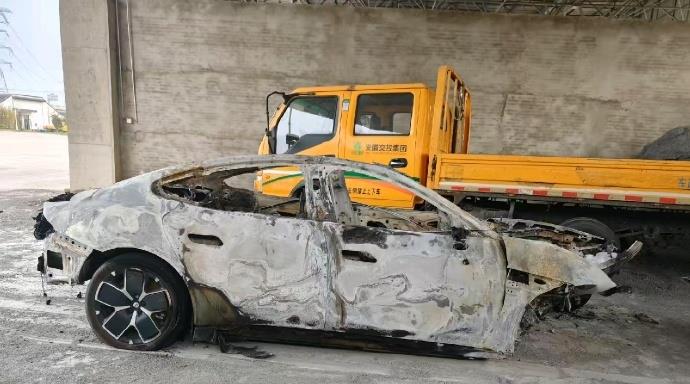Chinese firm Xiaomi is riding a wave of momentum and praise with the company’s EVs bringing the fight to Tesla in the Chinese market. Self-driving technology and other innovations have become two key pillars for the company but a fatal crash involving a key EV model is raising questions about some of these innovations and how the danger they could put customers in might overshadow these benefits.
Crash raises troubling concerns for Xiaomi

The crash in question took place back on March 29th and involved Xiamoi’s SU7 EV. The four-door was reportedly traveling on the Dezhou–Shangrao Expressway in Anhui Province with its Navigate on Autopilot (NOA) system engaged, maintaining a steady speed of 116 km/h (72 mph). The trip was initially like any other commute until the SU7 approached a construction zone and a lane that was blocked by barriers. The SU7 smashed into the dividers at 60 mph with the vehicle ultimately catching fire.
On the surface, it appeared that the company’s systems worked like they were supposed to with the system detecting an obstacle and beginning the braking process while also adjusting various inputs to try and prevent a collision. When that failed and the SU7 smashed into the barrier, the built-in eCall emergency system contacted emergency services. However, all three occupants died as a result of the incident.

The main issue however seemingly stems from the locking system with the father of one of the victims saying to the Chinese newspaper Economic Observer via Reuters that the vehicle’s key failed to unlock the doors preventing the occupants from escaping the vehicle and potentially contributing to their deaths. The self-driving system does keep the doors locked when the vehicle is in motion, but Xiamoi said it’s unknown whether the doors could be opened at the time of the crash.
Could other vehicles be affected?
This SU7 crash is raising new questions about self-driving technology and how these systems could be affected in the event of an accident. Crash forces generated by a crash are highly unpredictable and the effects that they can have on a vehicle and its systems can vary from one crash to the next. Many automakers have said in the past that their self-driving systems have safeguards in place to ensure that they can provide comprehensive safety to occupants including in the aftermath of a crash while also being resistant to crash forces.
However, the systems out there are not perfect, and it appears Xiamoi’s system has trouble with being flexible enough to adjust when the pre-mapped roadway is blocked by an obstacle that might not have been there before (i.e. construction barriers from projects.) Ultimately, occupants of a vehicle need to be prepared to take control of the vehicle if the system is tripped up by an unexpected obstacle to avoid collisions while more automakers should also install manual releases to help open the doors (if possible) in the event of a serious accident. Buyers should also consider buying a portable glass breaker like this one we found on Amazon to help give them the ability to break the window and crawl out of a vehicle in the event of a crash.

Carl Malek has been an automotive journalist for over 10 years. First starting out as a freelance photographer before making the transition to writing during college, his work has appeared on numerous automotive forums as well as websites such as Autoshopper.com.
Carl is also a big fan of British vehicles with the bulk of his devotion going to the Morgan Motor Company as well as offerings from Lotus, MG, and Caterham. When he is not writing about automobiles, Carl enjoys spending time with his family and friends in the Metro Detroit area, as well as spending time with his adorable pets.

